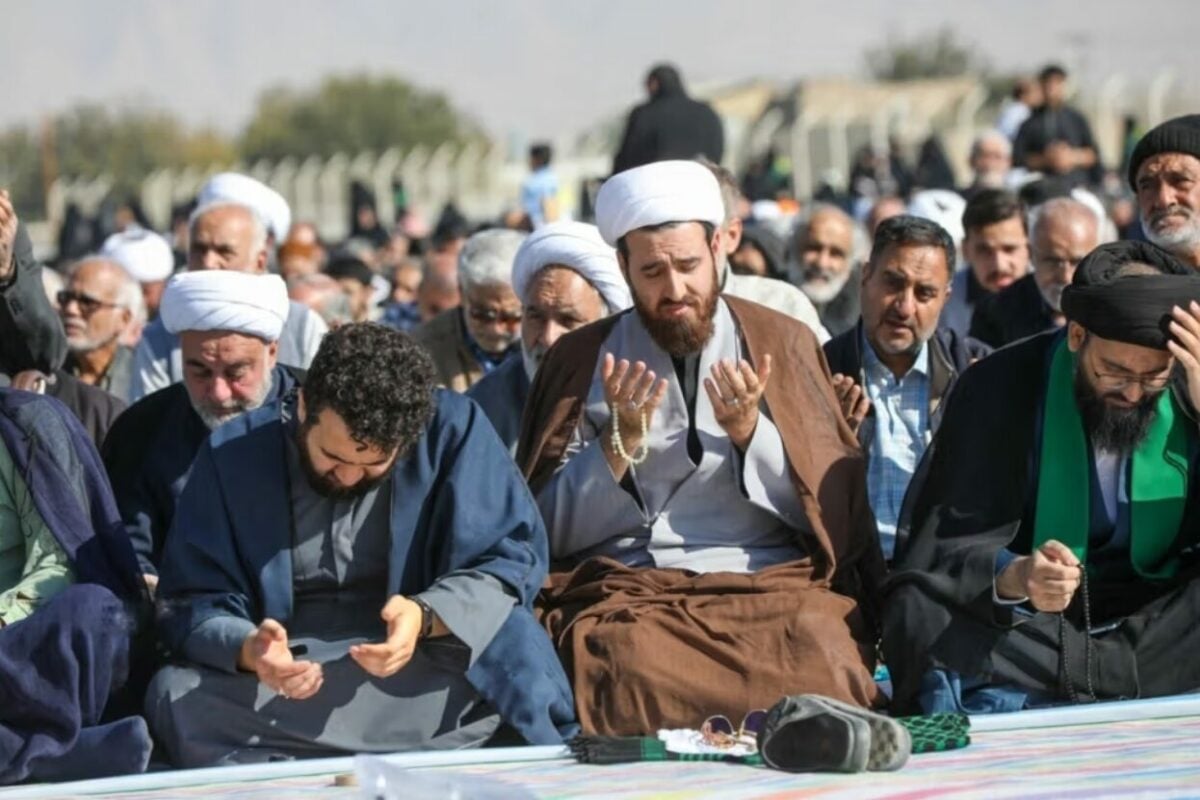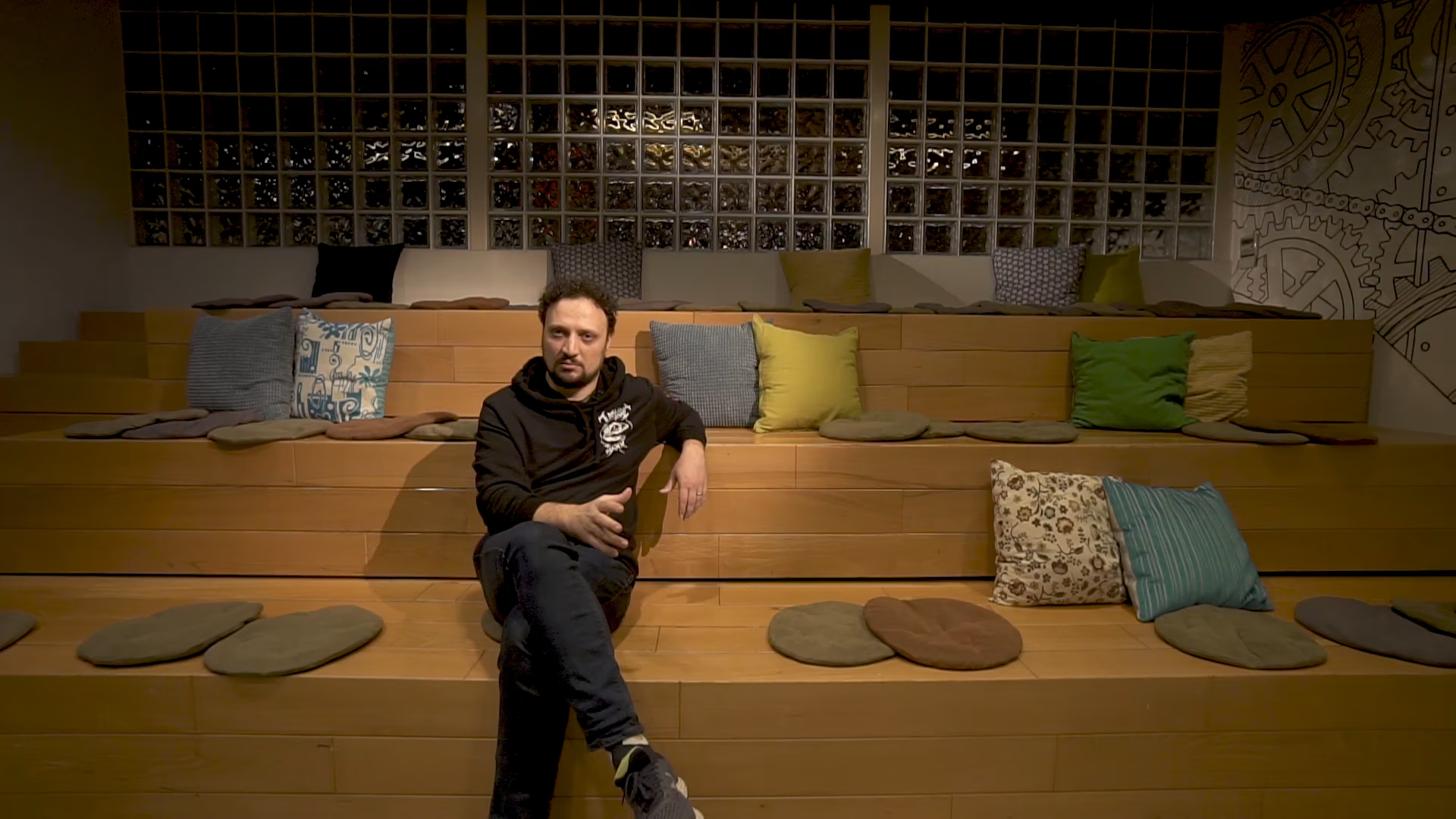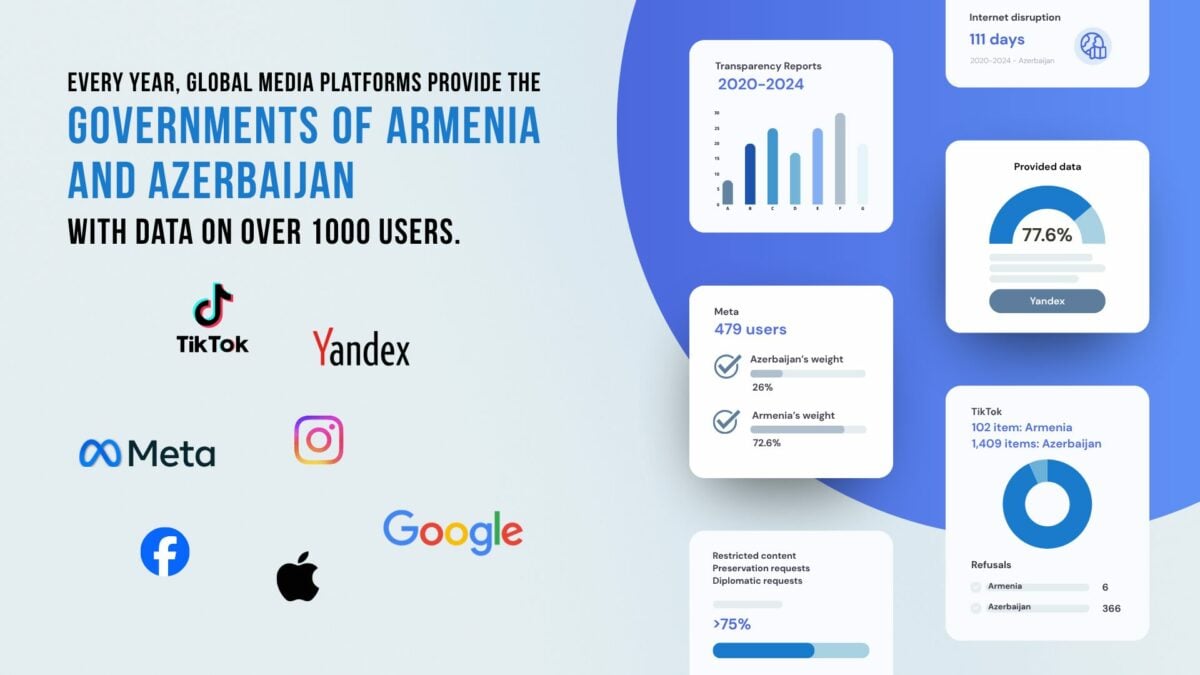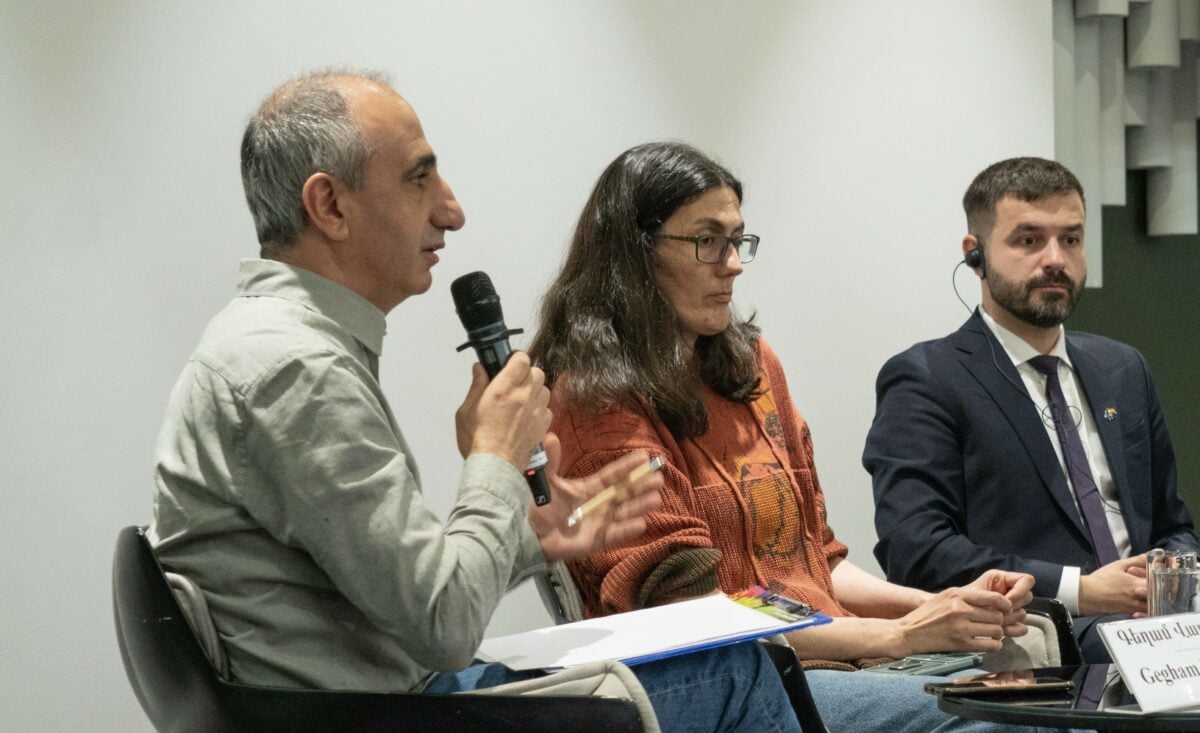“Do you know a mother with many children, say, 4–5? Please respond quickly,” writes one of my journalist friends. “I have to ‘bake’ the news about Apr. 7 [Day of Motherhood and Beauty celebrated in Armenia].” A familiar story, right? My dear colleague also “baked” a piece about Mar. 8 (International Women’s Day), approaching me beforehand with the following query: “Well, a woman with an interesting profession, say, a female driver, a female cobbler — who do you know?”
The media business is considered to be one of the few commercial sectors in which, unlike other businesses, those who are active move ahead during times of war. The country is destroyed — the demand for goods produced by the media increases. There are post-election clashes and violence — the number of media visits increases. It’s a basic mechanism, which, at the end of the day, during so-called times of “peace,” usually unusual people are searching for stories — to “sell” their news.
But what to “sell” on Apr. 7 in order to have a “buyer”? Perhaps a story of a mother with many children who lives in a border village — with heroic cadence and heavy with emotion? Or images from an orphanage for TV reports? Perhaps… But I’m writing to inform you that the now already annually recurring pieces for “women’s month” (from Mar. 8 to Apr. 7) are directly proportional to the type of patriotic reports of the same text and the same faces broadcast from the Genocide memorial complex or from press conferences every year. And no matter how trivial my remarks may seem, all the same, all these tricks have exhausted themselves — they no longer work or ensure “sales.”
But let’s return to Armenian women, or rather, women’s presence in media, which, on the backdrop of being “unusual” and consequently, ensuring “likes” (which I want to believe is due to not being lazy), presents us with an interesting picture. Especially for this piece, I looked at the top 10 rated Armenian news websites and searched within the sites. And so, in Armenian media, it seems, the main words and topics associated with women are: prostitutes, domestic violence, politics, social networks, old age home/orphanage, village life and needy families, breast cancer, environmental movement, female driver/tractor driver, women’s month pieces, (the tradition of the) red apple, birthrate, and the rest (if the exclamation point existed in Armenian, it would be quite appropriate here!).
Now we probably have to say “in any case, there’s gender equality” and (ironically) take comfort that in Armenian media, women haven’t fallen behind men who are often represented in suits in official three-quarter length photo-ops and in “racketeering-crime-accident” news stories — o, rejoice, nation! Actually all this goes to show that journalism, journalism of interest to the public, which has a primary function, is utterly absent in Armenian media. And not because journalists can’t withstand the challenges of social networks and are gradually surrendering to social media. But because journalism for the public is turning into political folklore: either we write about “women of easy virtue” or politics or we don’t write at all.
Working in the last year for an international publication that is published exclusively for women, I learned a journalism trick important to me, which I simply want to share with my colleagues, without superfluous implications. Yes, it’s harder to write a piece that ensures a large number of “likes” about a teacher rather than an stripper. And it’s obvious that from the point of view of media “sales,” Whitney Houston’s death is more interesting than her life. But perhaps an interesting article about her life separates us, journalists, from the Facebook user posting a status update about her death. And we undergo journalism training not to share on social networks that which our eyes happen to come across, but to write an interesting article that others will share. (By the way, according to statistics, only 1% of users create online content; the others only glance at it; while the most active share it.) Put more figuratively, our professional experience is akin to classical dance training, which we have as our foundation, so that when we go to a night club we can let loose and improvise…
If we believe the theory that media reflects society, then in Armenian media the image of women “sold” the most — the lottery doll of the rotund woman nagging, “Who’s child is this? He’s getting on my nerves” — is the real image of the Armenian woman, not counting the remarks and subjects mentioned above. But I refuse to believe this theory. These days, when everyone is the media, bearers of the institution of traditional journalism have to “create” reality. Because media is what turns a group of people into a society; media shapes society, the very same society where women today, according to Armenian media, are only prostitutes, victims of domestic violence, rare politicians, mothers of needy families and with many children, and chubby lottery women.
Shushan Harutyunyan






